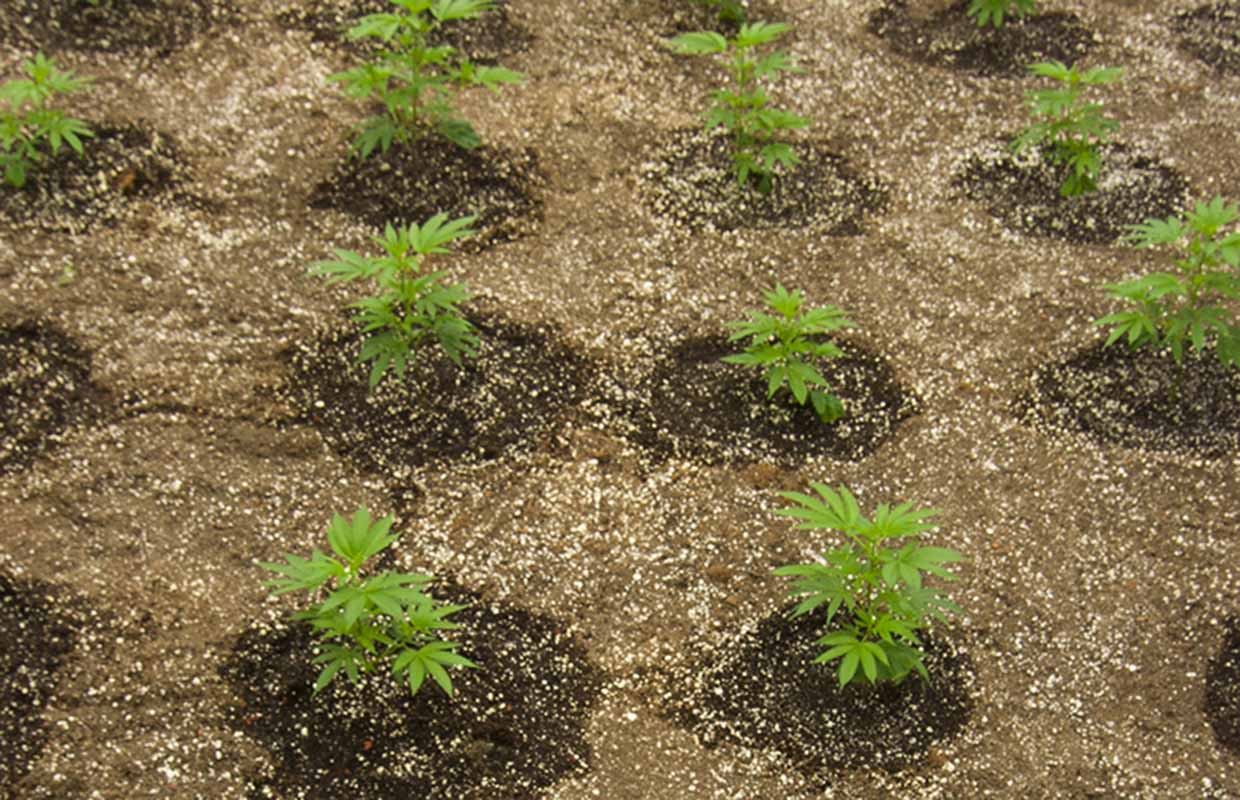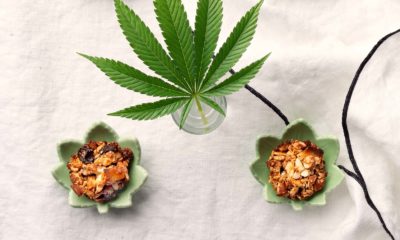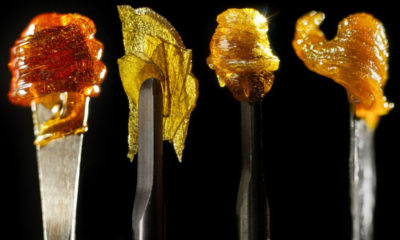Microlife: Growing Cannabis Organically
Regenerative farming literally feeds the earth.
The pear tree in Meg Fender’s backyard is her pride and joy. She said, in many ways, it’s one of the key elements of her garden’s health.
“That tree has been producing major amounts of fruit for over a decade,” Fender said. “So much that I sometimes can’t even keep up with it during the picking season. A lot of it ends up on the ground.”
She used to be bothered when bruised and worm-ridden fruit littered the garden. But now she looks forward to scooping up those damaged pears and tossing them into her compost pile, along with items like coffee grounds and wood ash.
“All that decaying matter, stuff you’d probably call waste, is really not waste at all but excellent organic matter that I use and reuse all over my garden,” she said.
Fender’s been growing medical marijuana in Guerneville, California for a number of years. She credits her success in the garden to good compost management and soil upkeep.
All her yard decay — including the stalks, fan leaves and roots from the three Northern Lights cannabis plants she harvested last fall — ends up in the compost heap.
“I started with full regenerative growing techniques a few years back, so no synthetic fertilizers or anything, just really good attention to soil life diversity,” she said. “My roses, the fruit trees, the pot plants — all get soil and teas and worms mixed from the compost pile. I guarantee you,” she adds, “the taste of those [Northern Lights] flowers will blow you away.”
She’s right. A couple of tokes and I’m sold. It’s pure earth.
The diversity Fender is talking about is the product of her meticulous efforts at, quite literally, the ground level. She’s created “living soil” teeming with a micro-universe of bacteria, protozoa, fungi and other tiny beneficial creatures that reproduce naturally in healthy, tended soil.
Like feeding a growing child a nutritious diet, amending soil with living matter — rather than synthetic fertilizers in so-called plant food — provides plants a natural energy base and inoculation against disease that can’t be topped.
Recycle it All
Rev, author of the marijuana grow book “True Living Organics” — a playbook for how to convert an indoor hydro room to an all-natural, synthetic-free cannabis cultivation space — said living soil isn’t just the best way to grow, it’s the only natural way.
“Living soil is the only way Mother Nature intended soil to be — full of life,” Rev said. “In nature, nothing goes to waste and everything is recycled.”
The assortment of biodiversity repeatedly produced in living soil — from things like nitrogen-rich clover to beneficial nematodes that control pests — creates a closed-loop, symbiotic environment that feeds plants while they feed off organic matter in the soil.
Rev’s techniques for fostering dynamic soil begin with understanding what various soil amendments you need to bring to the table, nutrient wise.
“Owning or having access to high-quality earthworm castings or compost, or both is key,” he said.
Worms are masterful digesters of organic material, refining matter into nutrients that are reduced to their most usable form by plants. Worm castings are the materials deposited by worms, also known as vermicomposting or the production of worm manure.
“Have a water source that is free from chloramine (a biocide) and not too salty,” Rev said. “Recycle all of the plant matter you do not use and recycle your soil, roots and all.”
Rev warns against ever using liquid fertilizer on your plants’ soil, and suggests instead making living teas for additional nutrition if needed. Compost teas can be made using a basic concoction of compost, manure and water that’s aerated. Along with feeding your soil, teas can be sprayed over the tops of plants.
“Plants are quite capable of taking care of themselves,” he said. “Nobody ever has to fertilize a rain forest.”
Rewards From Nature
Tim Blake knows a few things about healthy soil. A Northern California cannabis farmer for most of his life, he is the founder of the respected Emerald Cup – the largest outdoor, cannabis competition in the world, recently celebrating its 14th year.
“What’s happened is, if you look across this country, we’ve just peeled across from the East Coast to the West and ripped off all the topsoil,” he said. “Taken it and used it all up, spit it out and we’ve got all this dead soil.”
The effect has been the need for widespread use of chemical fertilizers to amend that beleaguered soil.
“I feel that in another year or two, you’re not going to have any green sands or phosphorous left in the soil,” he said. “They’re going to be gone.”
Soil lacking in those elements means poor plant health — a situation of garbage in, garbage out.
So last year’s Emerald Cup sought to highlight that issue and included the “Regenerative Cannabis Farm Award.”
Jesse Dodd, who helped Blake create the category, said their intent was to “honor those farms that are cultivating in a way that promotes environmental health while growing safe, pure, high-quality medicine.”
Three farms were awarded for regenerative cannabis farming efforts: Dragonfly Earth Medicine in British Columbia (international); Green Source Gardens in Oregon (national) and Moongazer Farms in Mendocino (California).
“We hope to create a catalyst of positive competition filled with information sharing, land stewardship, ethical marketing, watershed consciousness, and love of nature, living soil and biodiversity,” Dodd said.
Fender feels like regenerative farming provides her with an important linkage between life and death.
“One thing dies in my garden and another one flowers,” she said. “It’s this big circle of happy plant growth, then death — and in between we get to enjoy this wonderful homemade cannabis.”
Rev seconded that sentiment.
“The effects from cannabis, when sourced from very happy plants, tends to relate that happiness into the experience,” he said. “Happy plants make for happy smoke.”
Originally published in Issue 25 of Cannabis Now. LEARN MORE
TELL US, have you ever tried any of these farming techniques?



























